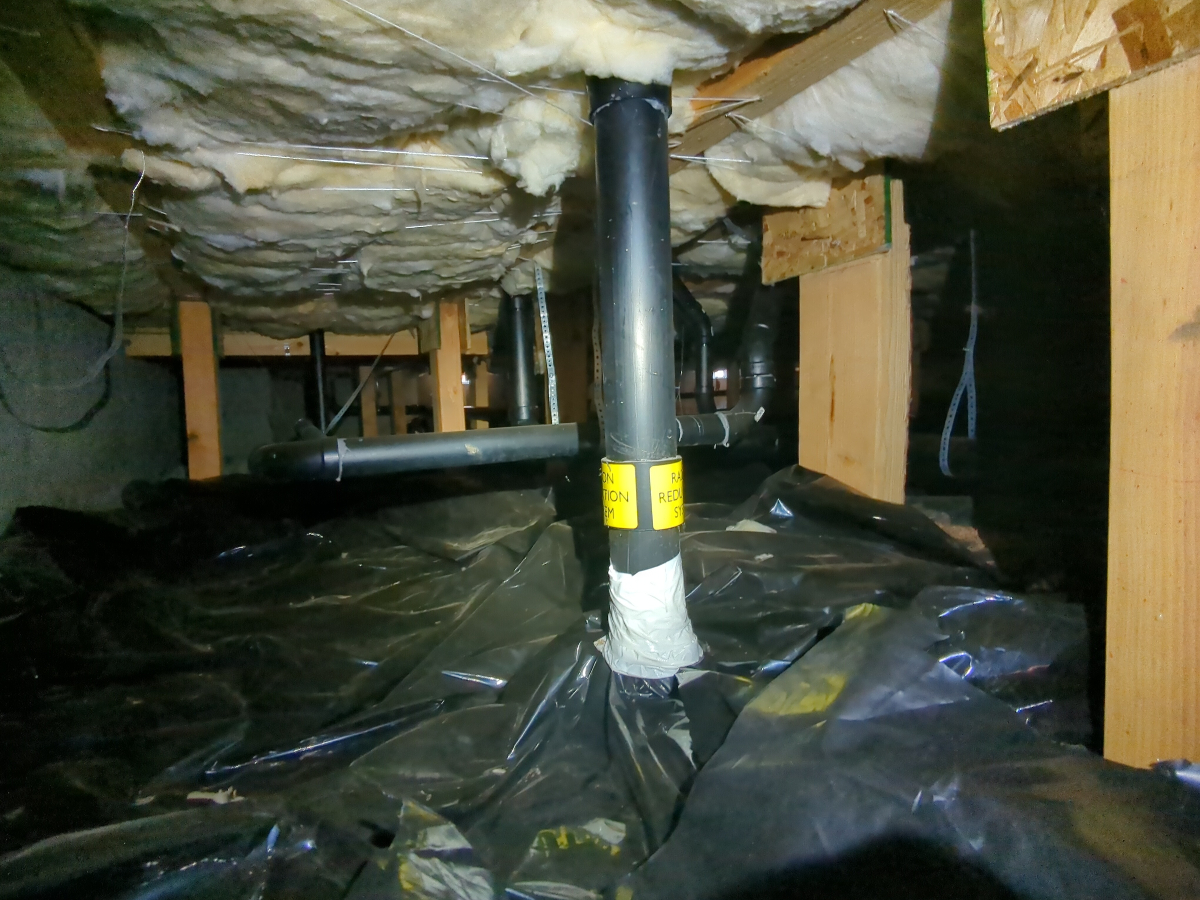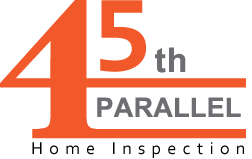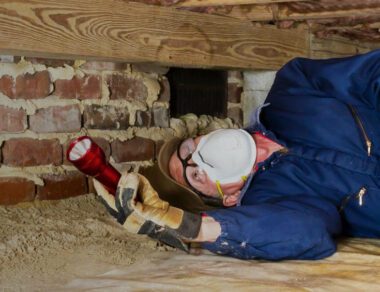
Safeguard Your Home: A Guide to Reducing Radon Exposure
As homeowners, ensuring the safety and well-being of our families is a top priority. One often overlooked threat to our health is radon gas, a radioactive gas that can seep into our homes without us even realizing it. In this blog post, we’ll delve into what radon is, why it’s dangerous, how it enters your home, and most importantly, how you can take proactive steps to mitigate its risks.
Radon gas is a naturally occurring, radioactive gas that forms from the decay of uranium in soil, rock, and water. It is colorless, odorless, and tasteless, making it virtually undetectable without proper testing equipment. Radon can seep into buildings through cracks in foundations, walls, floors, and other openings, where it becomes trapped and accumulates to potentially harmful levels, affecting indoor air quality.
Is Radon Dangerous?
Radon gas is dangerous in the long term because it is a radioactive gas, and it decays, emitting Alpha particles, further breaking down into Polonium, Bismuth, and Lead. The half-life of radon is approximately 3.8 days. As radon decays, it emits Alpha particles, which can damage sensitive lung tissue if it is in the lungs when decay occurs.
Prolonged exposure to high levels of radon increases the risk of developing lung cancer, even for non-smokers. Smokers are more at risk for radon-related lung cancer than non-smokers. Radon gas is the second leading cause of lung cancer death after smoking and is responsible for an estimated approximately 21,000 deaths each year.
Since radon is colorless, odorless, and tasteless, people are often unaware of its presence, underscoring the importance of regular testing and mitigation measures if existing at elevated levels. Radon testing with commercial-grade equipment is recommended for every real estate transaction, and periodically to detect any changes in relative levels.
Multiple brands of consumer-grade monitoring equipment are available to constantly monitor radon levels in the home. Consumer Radon monitors typically cost between $150 and $300.
Reducing Radon Exposure in the Home
The Environmental Protection Agency (EPA) recommends taking mitigation action if radon levels in your home exceed 4 picocuries per liter (pCi/L). Even if levels are below this threshold, and fall within the 2 to 4 pCi/L range, the EP still recommends mitigation to further reduce levels below 2 pCi/L. There is no safe level of radon exposure, but below 2 is the ideal range. The national indoor air average is about 1.2 pCi/L.
The only way to know the radon levels in a home is by testing. There are multiple types of tests available, but the most common is called a continuous Radon monitor (CRM). A CRM is what most home inspectors and Radon mitigation companies use to test Radon levels in a home.
The CRM is equipment that constantly measures radon levels, as well as other things like temperature, humidity, and barometric pressure, and most monitors have a sensor that detects if it was disturbed or moved. Detecting movement is one method to attempt to know if the test was tampered with.
One effective way to reduce radon levels in your home is by installing a radon mitigation system. These systems typically include a vent pipe and fan that draw radon gas from beneath the foundation and safely expel it outside, preventing it from entering your home.
When building a new home or renovating an existing one, consider incorporating radon-resistant features such as a gas-permeable layer beneath the foundation, sealed cracks and openings, and a vent pipe system. Some counties in our region require radon-resistant construction for new homes being built.
How do I Know if a Home Has Radon Gas?
Testing your home for radon is the only way to know if you and your family are at risk. DIY radon test kits are readily available and easy to use, providing results after testing and sending the charcoal canisters to a laboratory. Results are typically available within 1 week. Alternatively, you can hire a professional Radon testing service for a more comprehensive assessment.
45th Parallel Home Inspection offers radon gas testing in addition to overall home inspections for home buyers, sellers, and those interested in keeping their homes safe from this dangerous gas.
At 45th Parallel, we use commercial-grade monitors made by Airthings. Airthings also offers very affordable consumer-grade radon monitors. We recommend at least one monitor be installed on the lowest livable level of the home which would typically be a ground floor in a crawlspace home, or in the basement if your home has one.
You can obtain a 10% discount on consumer radon monitors from the Airthings website by using our affiliate code: 45-10Off.
Safe Level and National Radon Information
It’s important to note that there is no safe level of radon exposure. However, the EPA has set a guideline of 4 pCi/L as the action level for taking remedial measures. For more information about radon and its risks, visit the EPA’s National Radon Program website or contact your local radon office. You can learn more about Radon in the home and recommendations for Radon testing during real estate transactions at the EPA website.
Frequently Asked Questions (FAQs)
What are the symptoms of radon exposure?
Radon is an invisible threat, as it doesn’t cause immediate symptoms. Radon causes lung cancer over long periods of time, typically many years. However, prolonged exposure can lead to lung cancer, so it’s recommended to test your home regularly or install radon gas detectors.
Can radon levels vary throughout the year?
Yes, radon levels can fluctuate due to factors such as weather, ventilation, and changes in soil moisture. Testing your home periodically is the best way to monitor radon levels. Purchasing and installing radon monitoring equipment can also give you more information about the true Radon levels in your home over and above a very short 48-hour real estate transaction radon test.
Do radon mitigation systems require ongoing maintenance?
Yes, radon mitigation systems should be inspected regularly to ensure they’re functioning properly. This may include checking the fan, sealing any new cracks in the vent piping, and testing radon levels periodically to ensure the equipment is continuing to keep radon levels below 2 pCi/L.
Are there any DIY methods for reducing radon levels in the home?
While DIY radon mitigation techniques exist, such as sealing cracks and openings in basement slabs and foundation walls, installing a radon mitigation system is best left to professionals to ensure effectiveness and compliance with Radon mitigation guidelines.
Protecting your home and loved ones from radon exposure is a crucial step towards ensuring a healthy living environment. By understanding the risks of radon, testing your home regularly, and taking proactive measures to mitigate its effects, you can significantly reduce the threat it poses.
Remember, when it comes to radon, knowledge is power – so take action today to safeguard your home for the future. Reach out to 45th Parallel Home Inspection for a home radon gas inspection to help keep you, your family, and your home safe.




